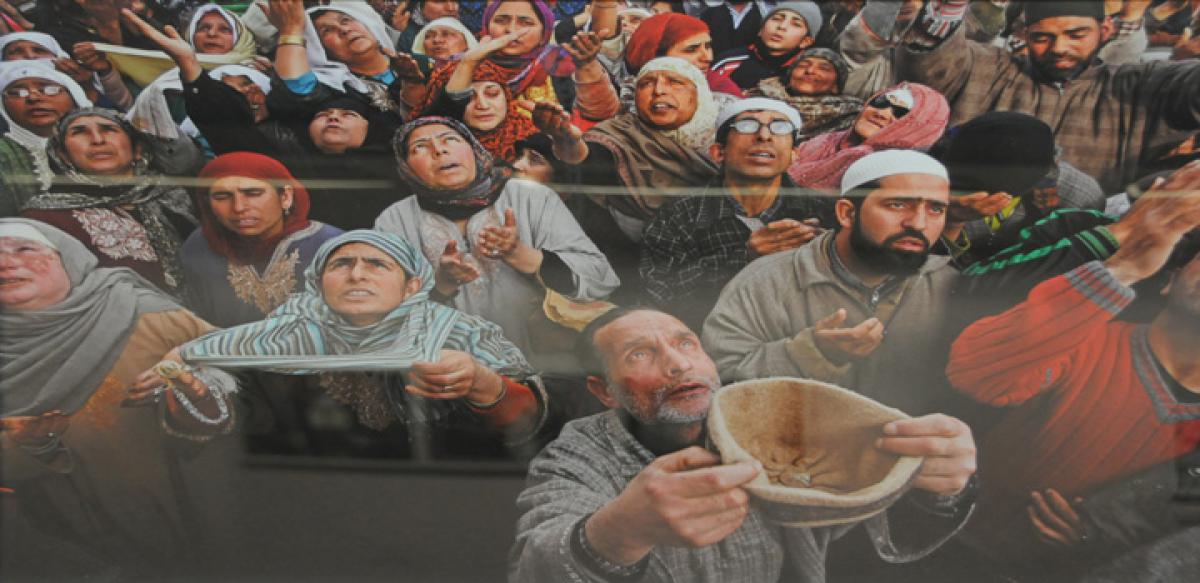Live
- After Cong loss in Haryana, SP announces candidates for UP bypolls in surprise move
- Post-Haryana verdict, Shiv Sena (UBT) pierces Congress, pokes MahaYuti
- Congress' support-base on ventilator, ego on accelerator: Naqvi
- BJP will continue to act as watchman of J&K, says Tarun Chugh, calls result 'historic'
- Vedang Raina: As a kid, I would dream of standing on stage, performing in front of a crowd
- Olympic champion Valarie Allman named Delhi Half Marathon's international event ambassador
- Haryana victory a result of collective efforts made by NDA govt: OP Rajbhar
- First resolution of J&K cabinet to be on statehood, says Omar Abdullah
- Smokeless tobacco, betel nut drive oral cancer cases in India, highest in South Asia: Lancet
- Vijayawada MP Kesineni Sivanath visits Kanakadurga temple, inspects arrangements









